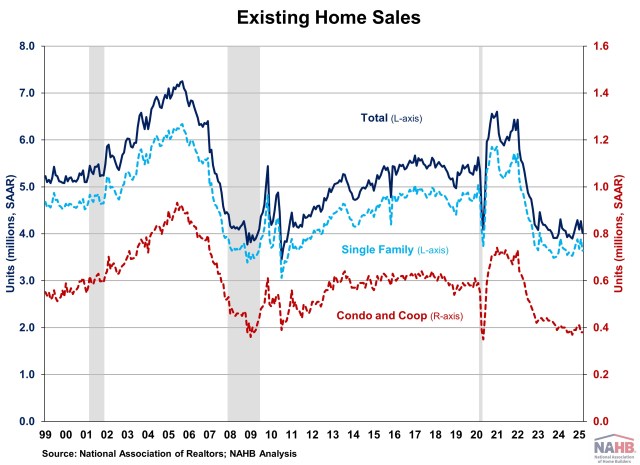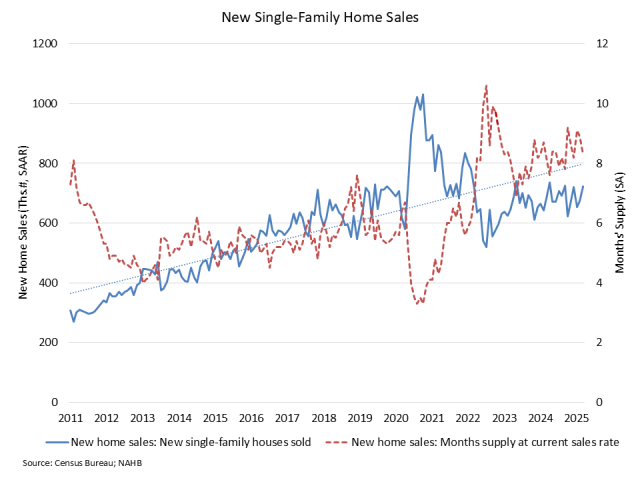NAHB Members Evaluate New Building Code Proposals
Diana Carroll2025-04-24T14:15:25-05:00Members of two Construction Codes and Standards Committee Proposal Oversight Groups (POGs) recently met at NAHB headquarters to review code proposals submitted for Group B of the International Code Council’s 2024-2026 code development cycle.



